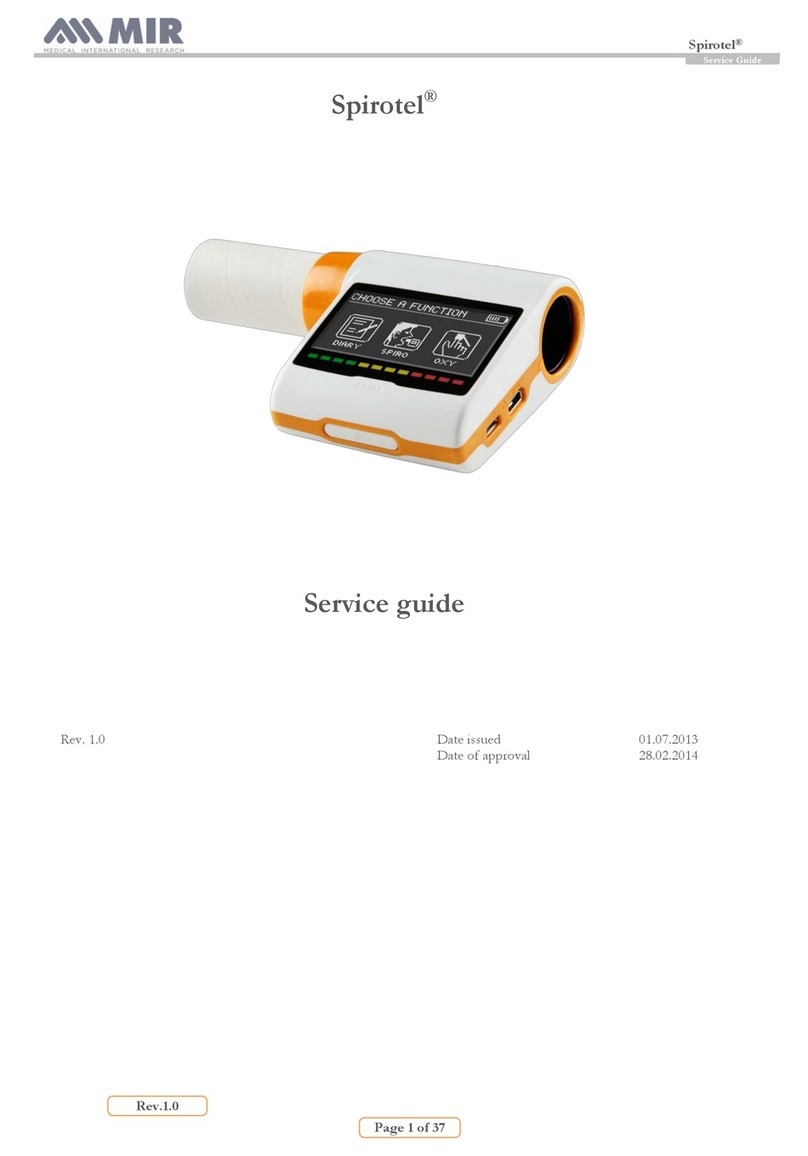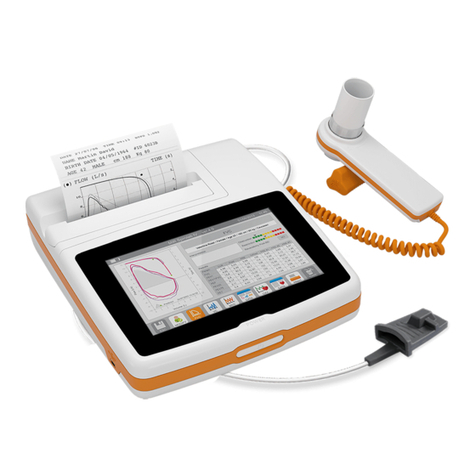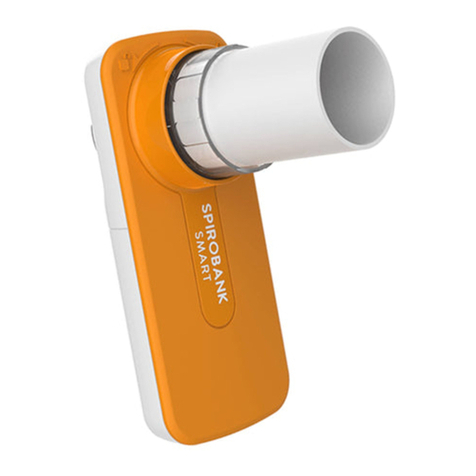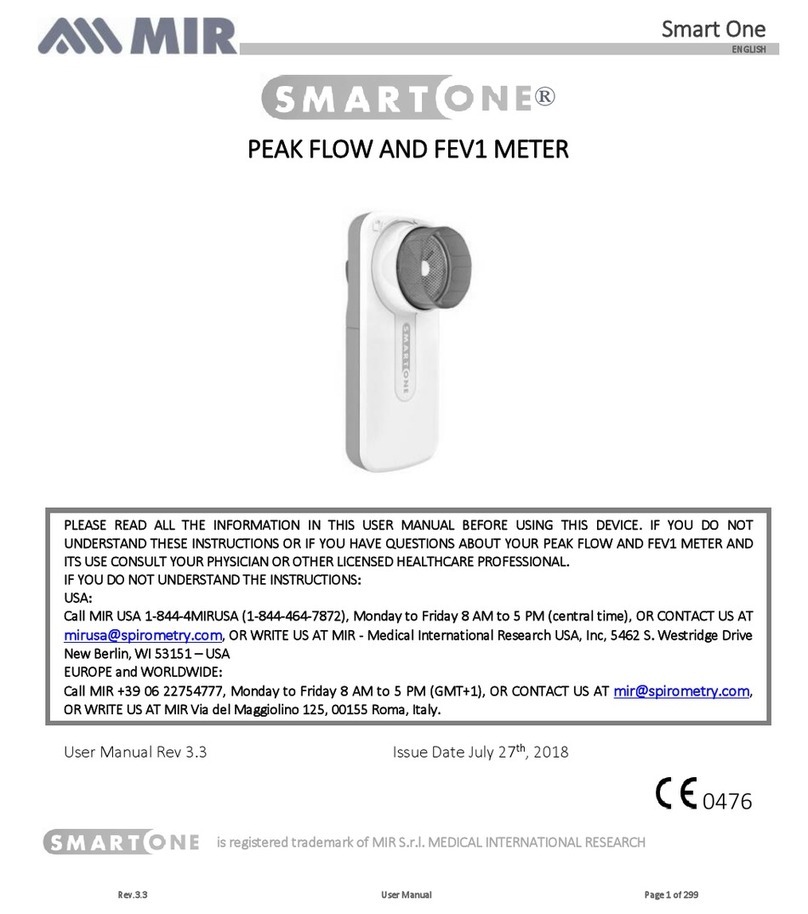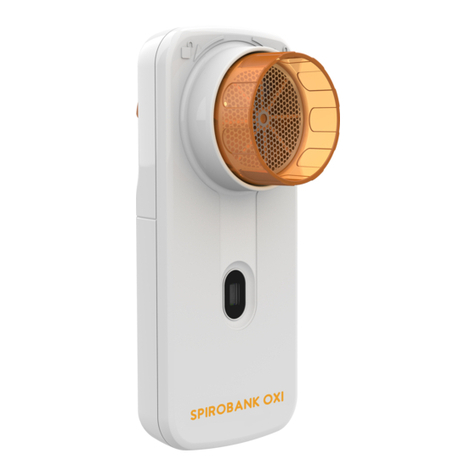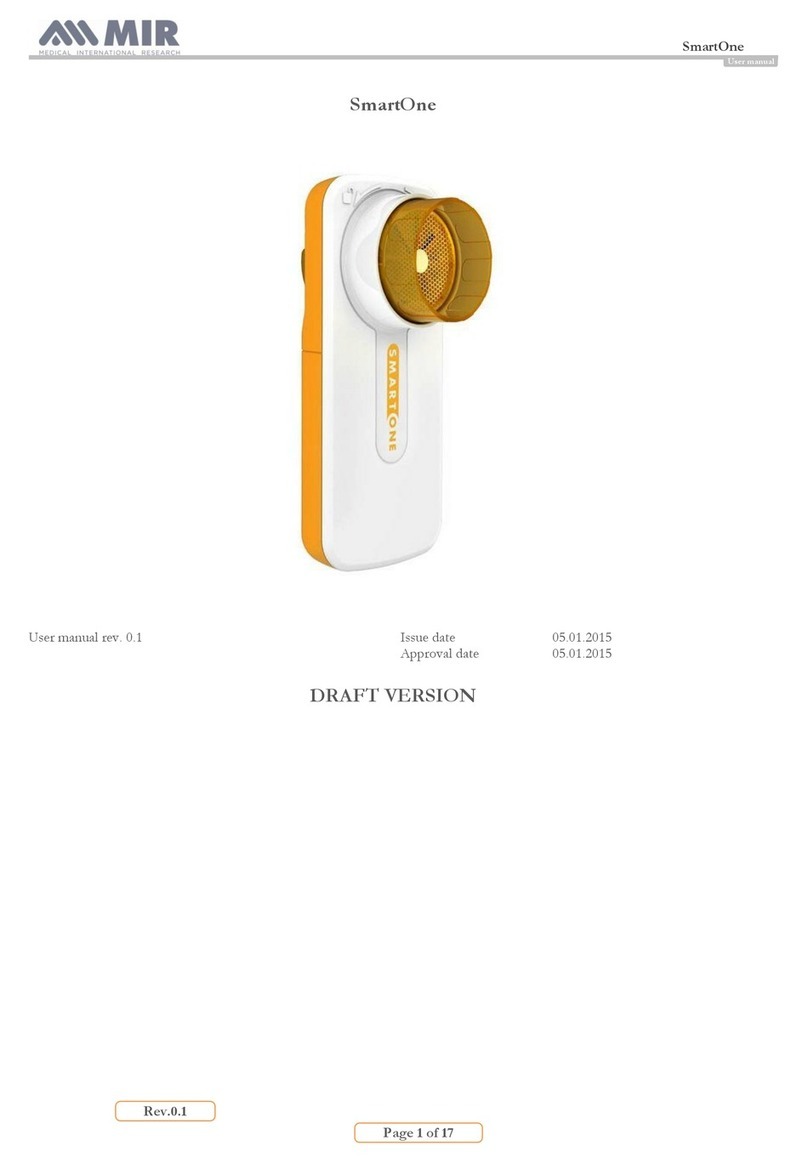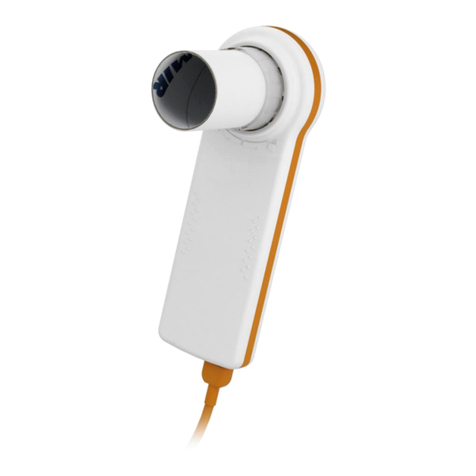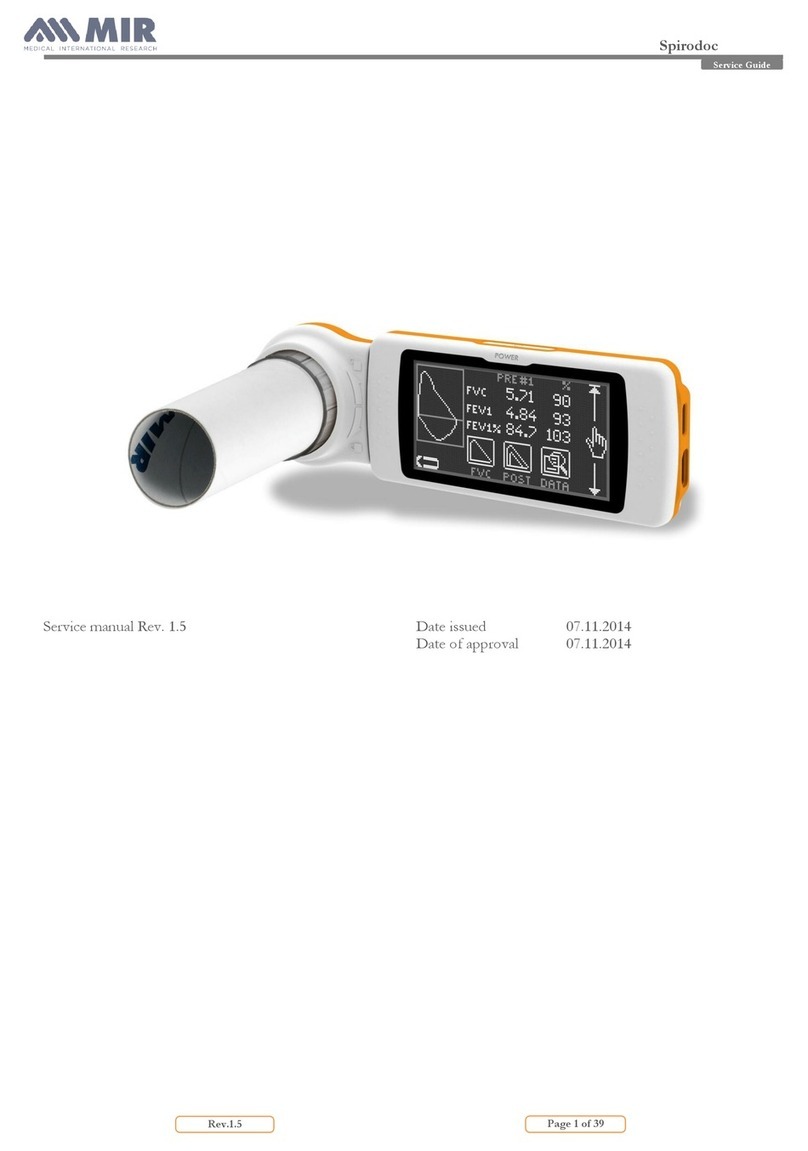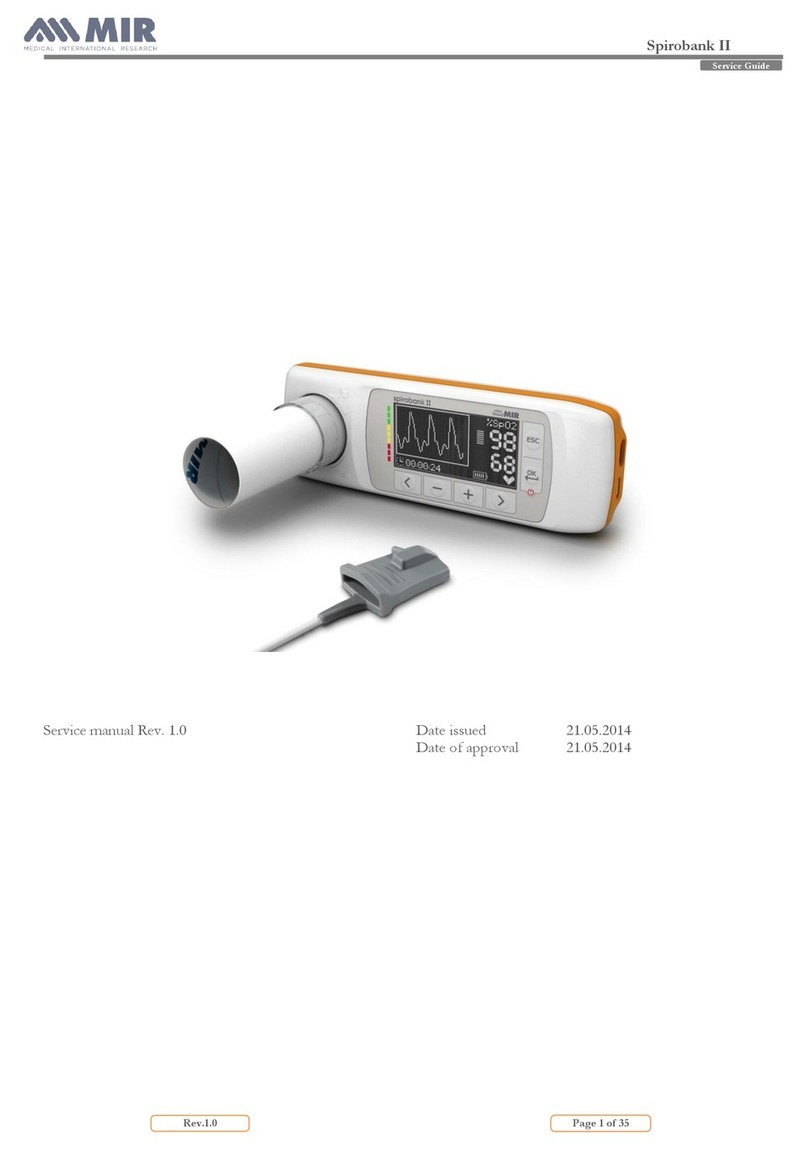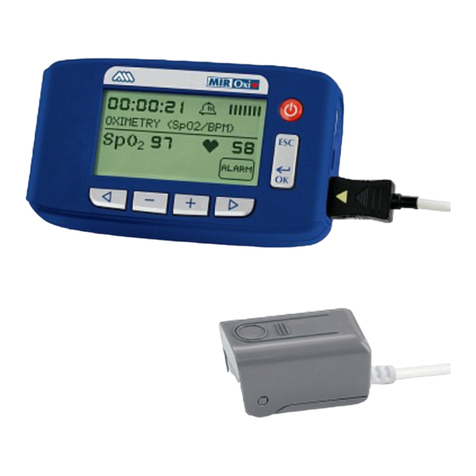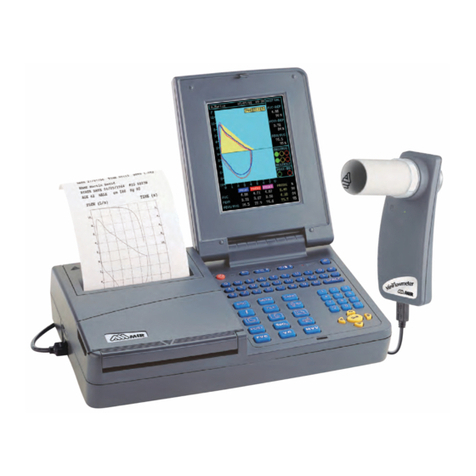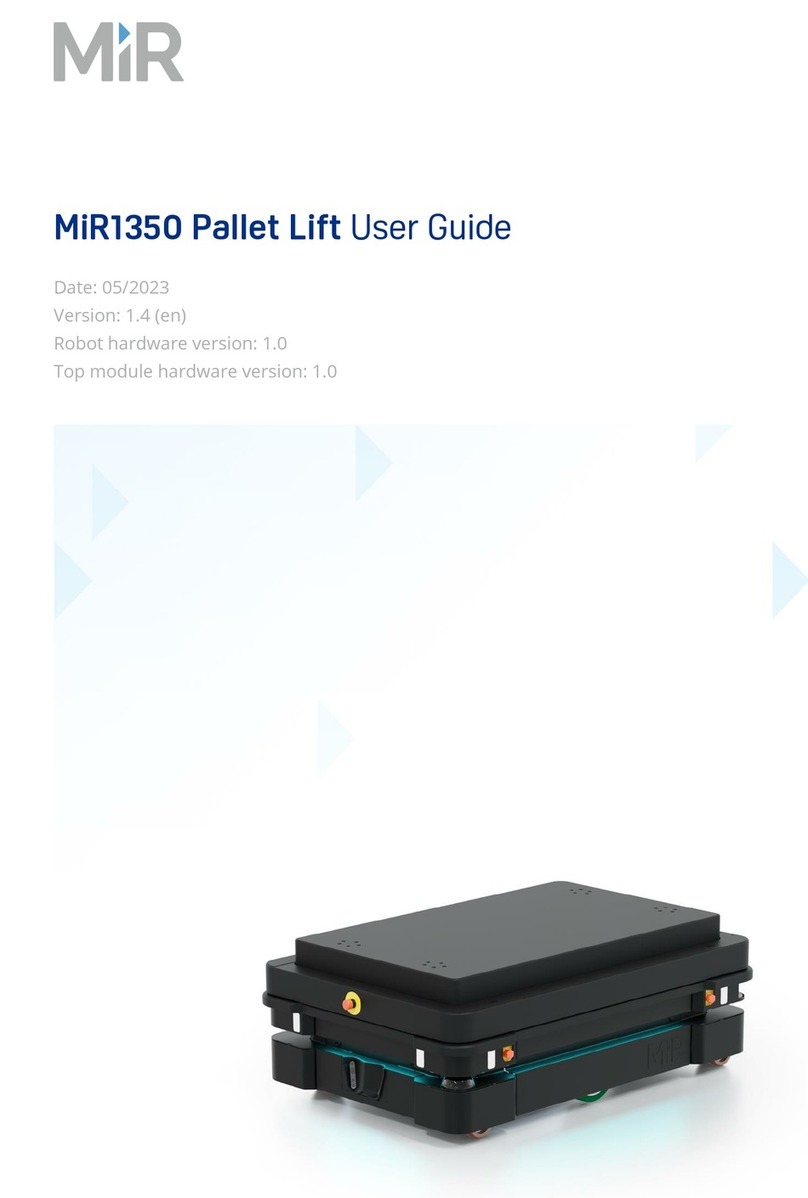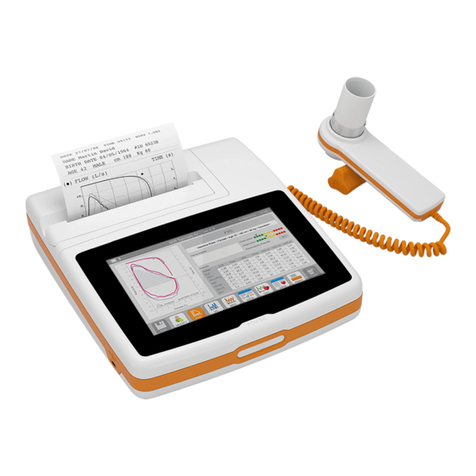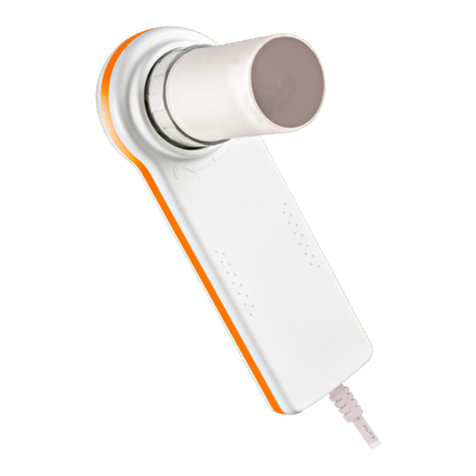spirobank II User Manual cod. 980200 Rev 3.4 Page 4 of 57
INDEX
1. INTRODUCTION .......................................................................................................6
1.1 Intended Use.......................................................................................................6
1.1.1 User Category ................................................................................................6
1.1.2 Ability and experience required ......................................................................6
1.1.3 Operating environment ...................................................................................6
1.1.4 Who can or must make the installation ...........................................................7
1.1.5 Subject effect on the use of the device ...........................................................7
1.1.6 Limitations of use - Contraindications.............................................................7
1.2 Important safety warnings...................................................................................8
1.2.1 Danger of cross-contamination.......................................................................8
1.2.2 Turbine ...........................................................................................................8
1.2.3 Mouthpiece .....................................................................................................9
1.2.4 Oximetry sensor .............................................................................................9
1.2.5 Device...........................................................................................................11
1.3 Unforeseen errors .............................................................................................11
1.4 Labels and symbols ..........................................................................................12
1.4.1 Identification label.........................................................................................12
1.4.2 CE mark for medical devices ........................................................................12
1.4.3 Electrical safety symbol ................................................................................12
1.4.4 Warning symbol for the RS232 serial port ....................................................12
1.4.5 Warning symbol for the USB serial port........................................................13
1.4.6 Warning symbol for the SpO2 port for oximetry............................................13
1.4.7 Warning symbol for the WEEE .....................................................................13
1.4.8 FDA and FCC Warnings ...............................................................................13
1.4.9 Product description.......................................................................................14
1.5 Technical specifications ....................................................................................16
1.5.1 Features of the spirometer............................................................................16
1.5.2 Features of the oximeter...............................................................................17
1.5.3 Other features...............................................................................................21
2. FUNCTIONING OF THE spirobank II .......................................................................21
2.1 Keyboard...........................................................................................................21
2.2 Battery Level .....................................................................................................24
2.3 Information ........................................................................................................24
2.4 Initial Set-up......................................................................................................24
2.4.1 Turbine Calibration .......................................................................................27
2.5 Patient Data ......................................................................................................29
2.6 Displaying data in memory................................................................................30
2.7Online operating mode (connected to a PC) .....................................................31
2.8 Spirometry Testing............................................................................................31
2.8.1 FVC Test ......................................................................................................32
2.8.2 VC Test.........................................................................................................33
2.8.3 MVV Test......................................................................................................33
2.8.4 Reading messages.......................................................................................33
2.8.5 Spirometry test interpretation........................................................................34
2.8.6 Viewing the spirometric parameters .............................................................35
2.8.7 POST test, after administration of drug.........................................................35
2.9 Oximetry testing ................................................................................................36
2.9.1 Walk Test (6MWT)........................................................................................39
2.9.2 Sleep Oximetry .............................................................................................40
2.9.3 SPO2 BPM Oximetry Test ............................................................................41
2.9.4 SPO2 BPM Test ...........................................................................................41
2.9.5 Adult Single Patient Sensor –Instructions for Use .......................................41






